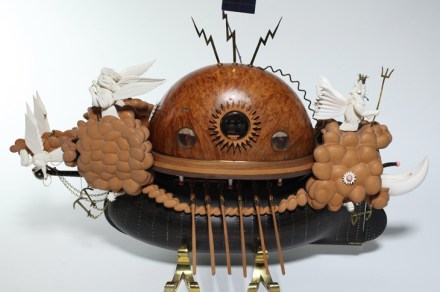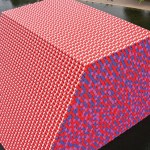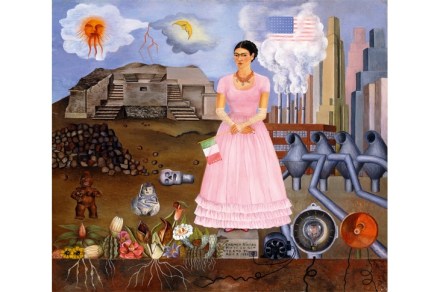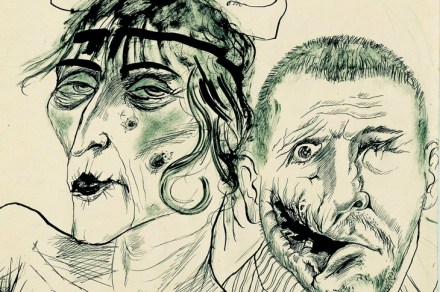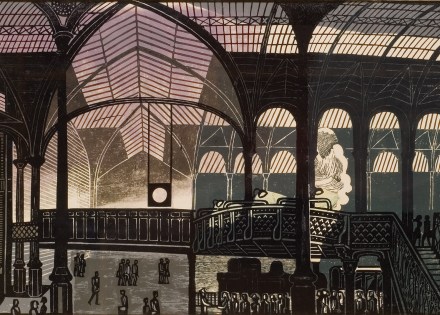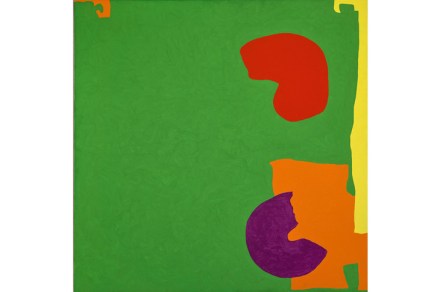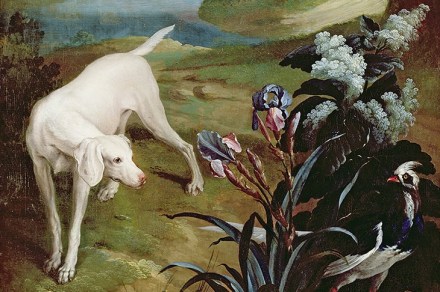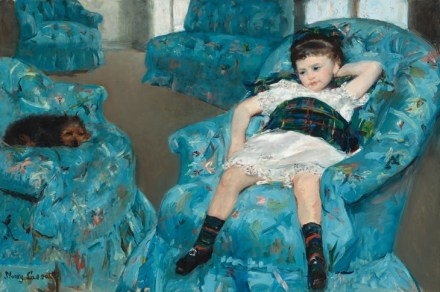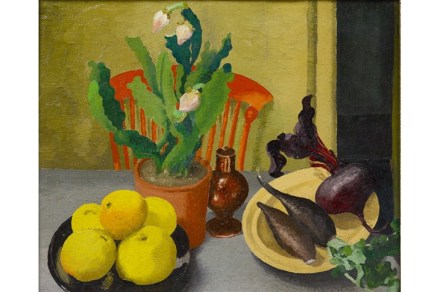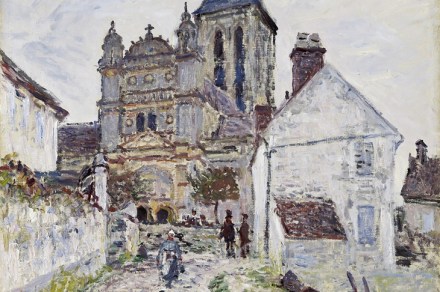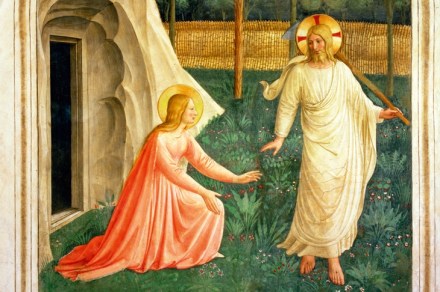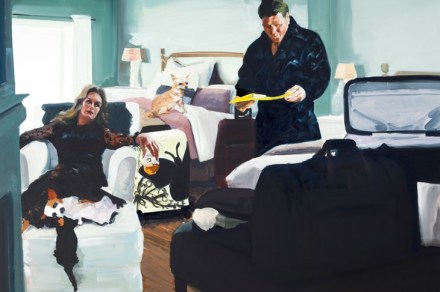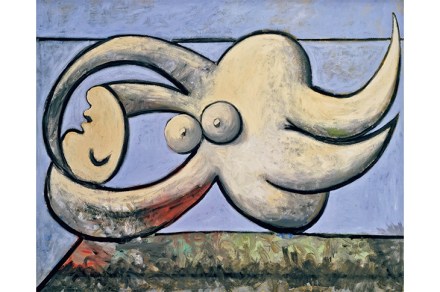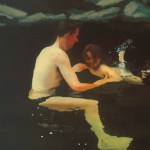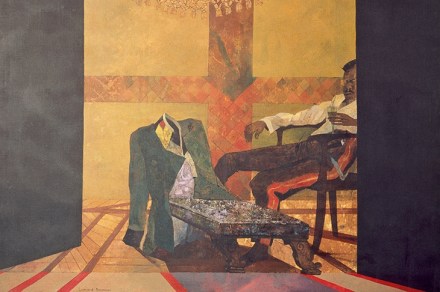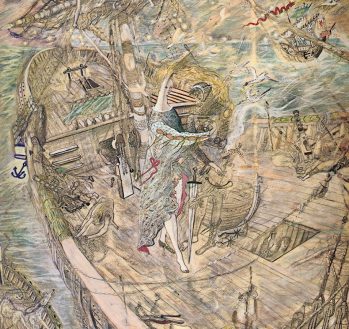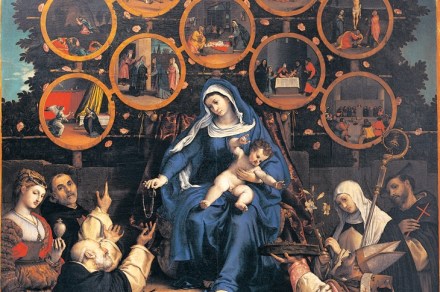Out of this world | 5 July 2018
In G.F. Watts’s former sculpture studio in the Surrey village of Compton, a monstrous presence has interposed itself between the dusty plaster models of ‘Alfred, Lord Tennyson’ and ‘Physical Energy’. Standing 14ft tall, the brightly painted soldier with fez and sabre is a replica of a colossal puppet made by James Henry Pullen (1835–1916) while an inmate of the Royal Earlswood Asylum for Idiots in Redhill. So terrifying was Pullen’s ‘Giant’ to the local children that it was confined to quarters after causing a rout at a Guy Fawkes procession. Its maker was inside, operating a system of pulleys and levers that batted the eyelids, waggled the ears, rattled the
